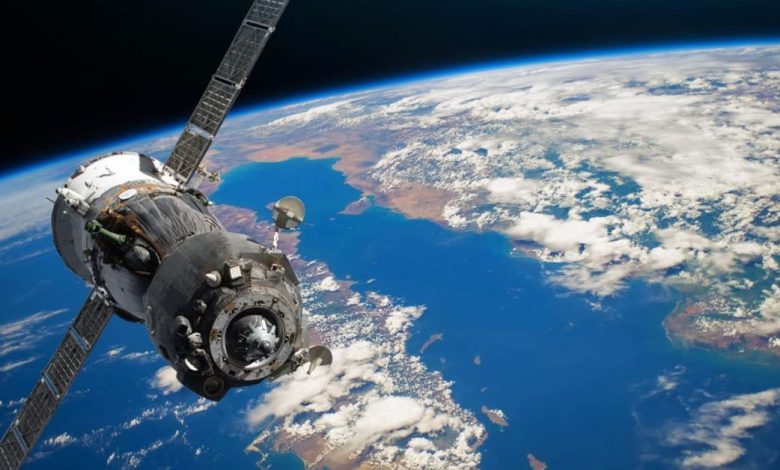Daily Current Affairs for UPSC
Gaganyaan Human Spaceflight Mission
Syllabus- Space Technology [GS Paper-3]

Context- ISRO successfully testified to the Gaganyaan-Human Spaceflight mission at the ISRO Propulsion Complex (IPRC) at Mahendragiri, Tamil Nadu.
Key Highlights
- The three-member crew will be launched into a 400-kilometer orbit for a three-day mission and returned safely to Earth during a scheduled landing in the Indian Ocean.
- This manned mission is the first of ISRO’s human spaceflight missions.
- The United States, Russia and China are the only three countries that have made a human space flight.
- It was launched from ISRO’s Geosynchronous Satellite Launch Vehicle GSLV Mk III (3-stage heavy lift).
Importance of Gaganyaan Mission
- India’s goal of self-reliance: It supports the Make in India capability development for satellite launches and India’s goal of self-reliance as per Atma Nirbhar Bharat vision.
- This will reduce India’s dependence on foreign aid in this area.
- RandD and Robotics Program: It also promotes scientific and technological research and development, especially in space.
- This is in line with India’s progress towards a long-term and affordable program for robotic and human exploration of the solar system and beyond.
- Focus on Regional Needs: Gaganyaan is focusing on regional needs as there may not be enough International Space Stations (ISS) to cover all the needs of the world.
- Strengthening international ties: By sharing ambitious but peaceful goals, the initiative promotes international partnerships and global security.
Challenges of Gaganyaan Astronauts
- Environmental Hazards: This includes radiation hazards and the hostile environment of space with no gravity and no atmosphere.
- Artificial atmosphere: pure oxygen or an atmosphere consisting of a mixture of earth-like oxygen and an inert gas such as nitrogen, helium or argon are two main possibilities.
- Astronauts can develop medical problems for the following reasons:
- Microgravity: Changing from one gravitational field to another affects hand-eye and head-eye coordination, resulting in loss of orientation, vision, muscle strength, aerobic capacity, etc.
- Isolation: Behavioral problems are likely to occur when astronauts are confined to small spaces and must rely on limited resources.
- They may experience depression, cabin fever, fatigue, sleep disorders and other psychiatric disorders.
- Aeronautical Technology Challenges: Space travel requires much higher speeds than normal air traffic. A rocket can go from zero to nearly 25,000 kilometers per hour in minutes, making space travel akin to sitting on an exploding bomb.
- During the launch, pre-launch and post-launch periods, anything can go wrong, including the rocket exploding.





.png)



